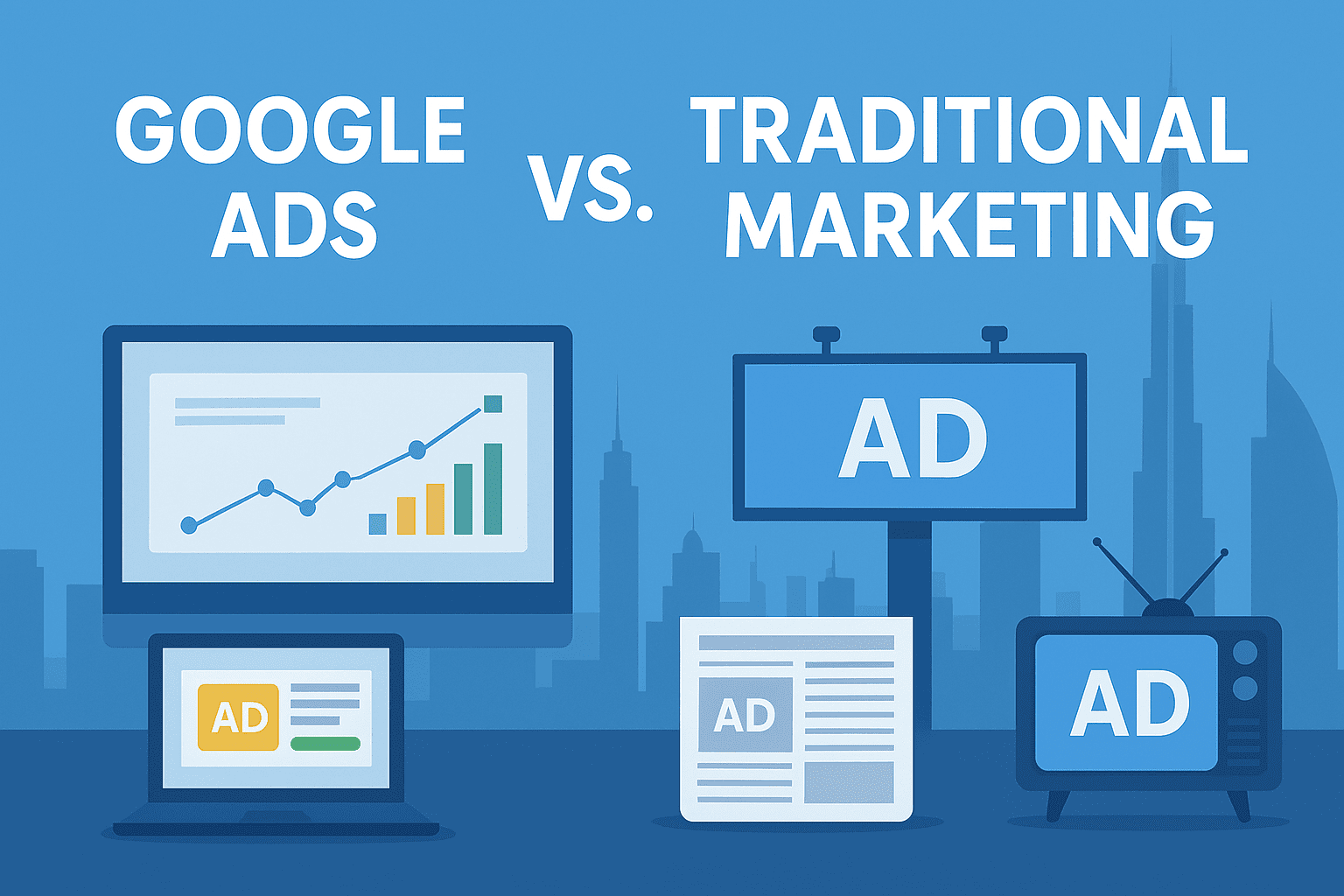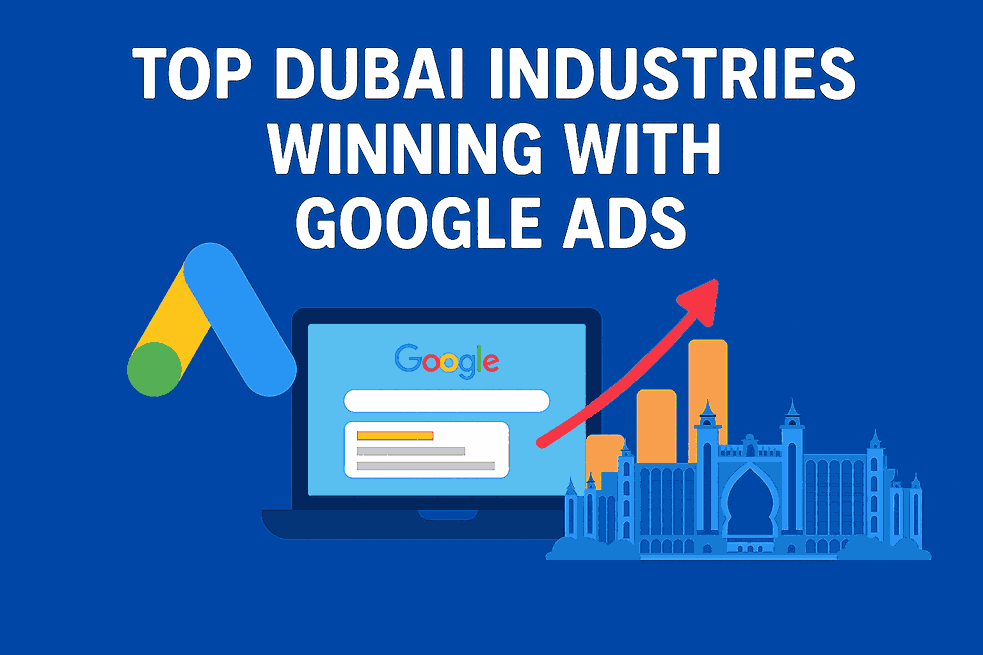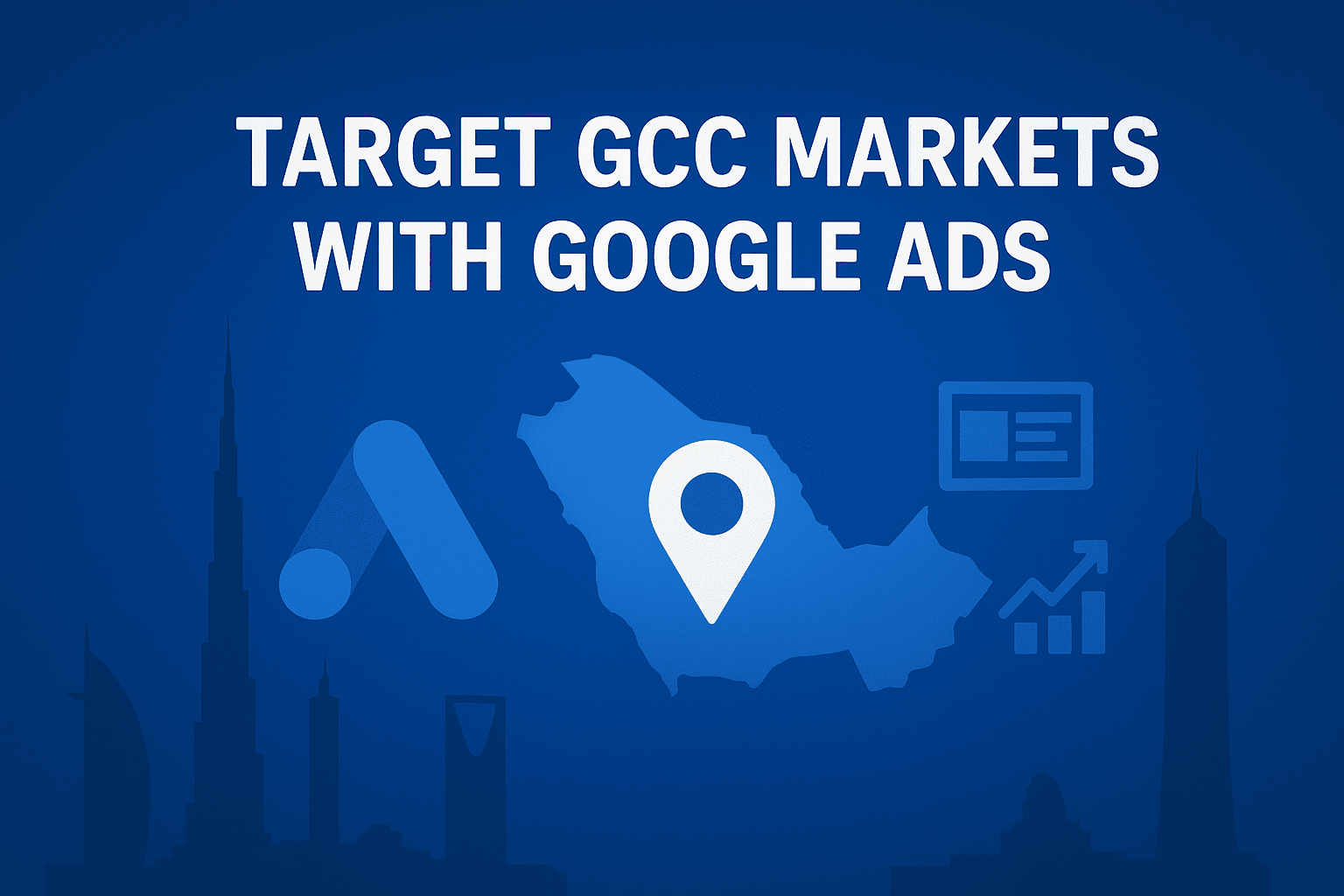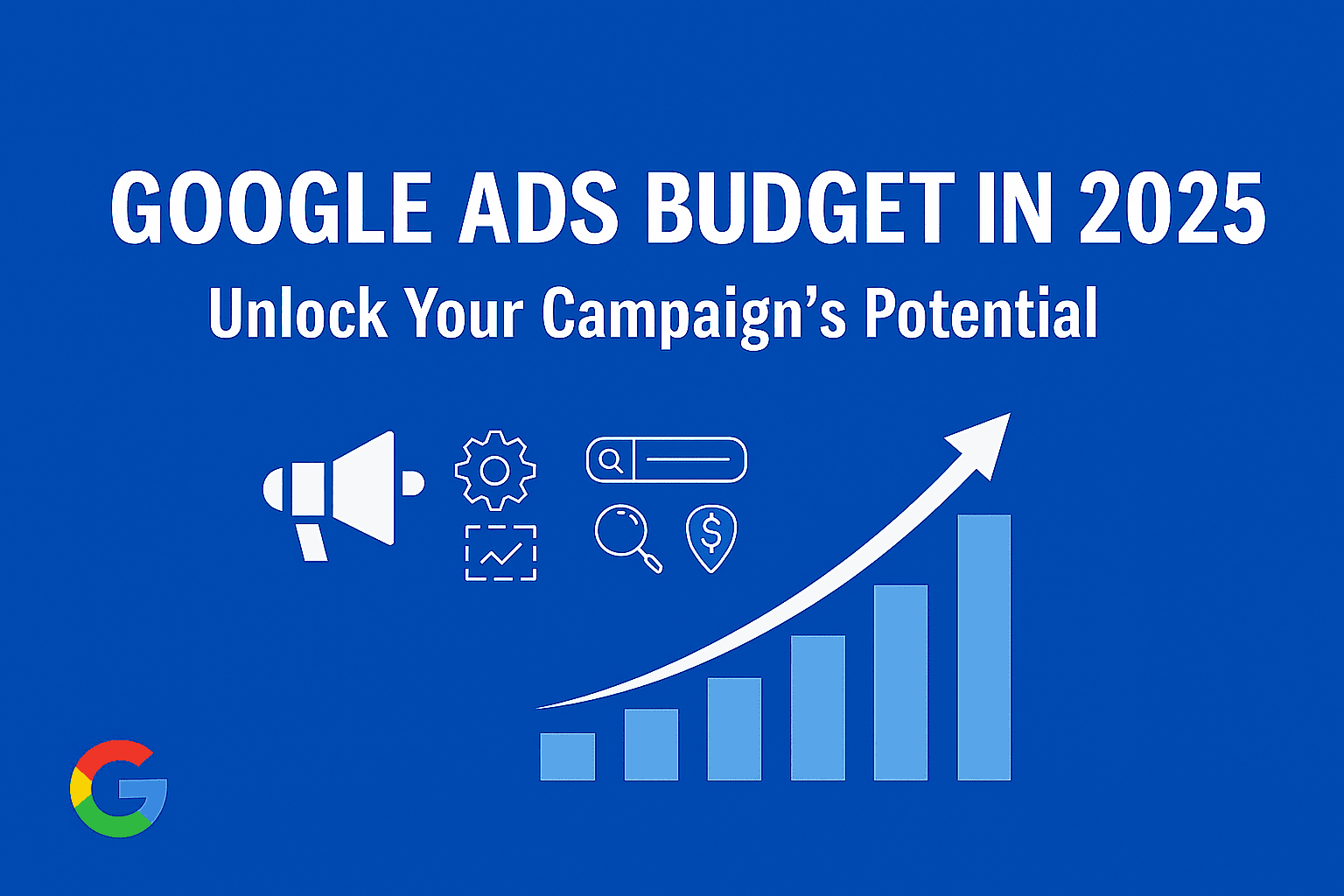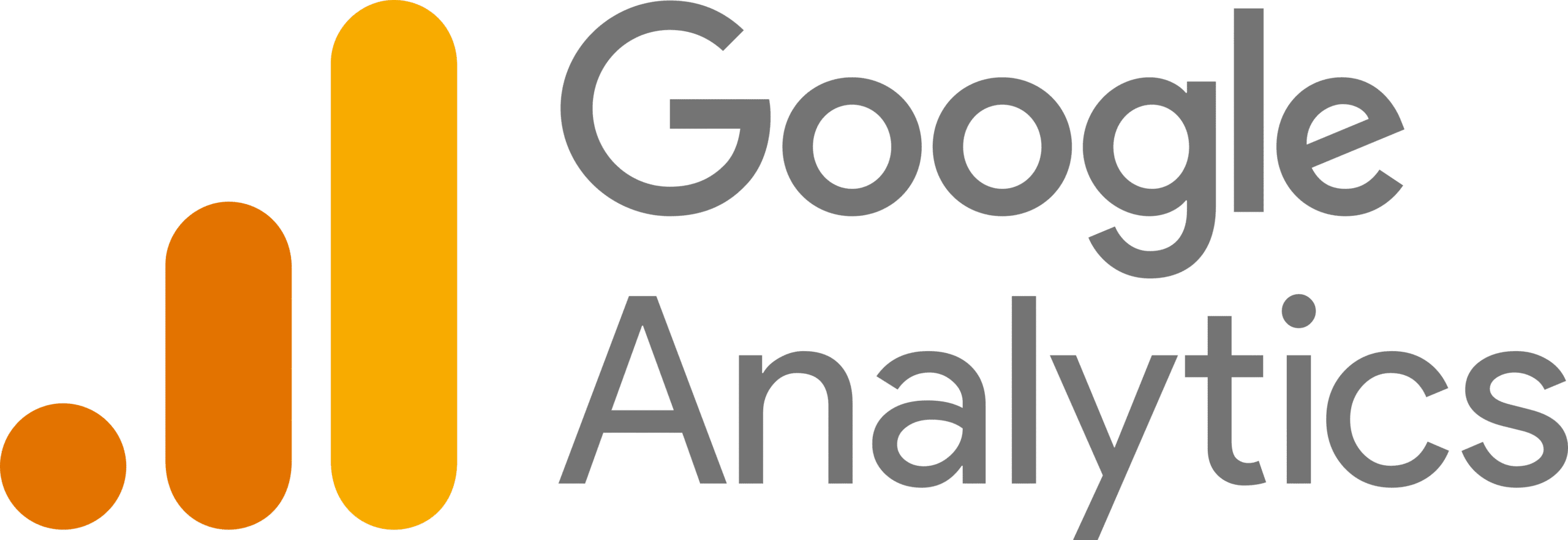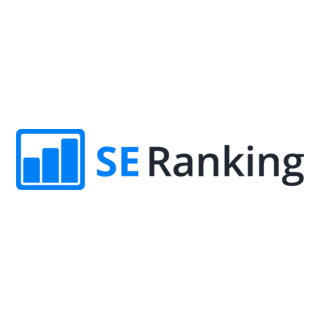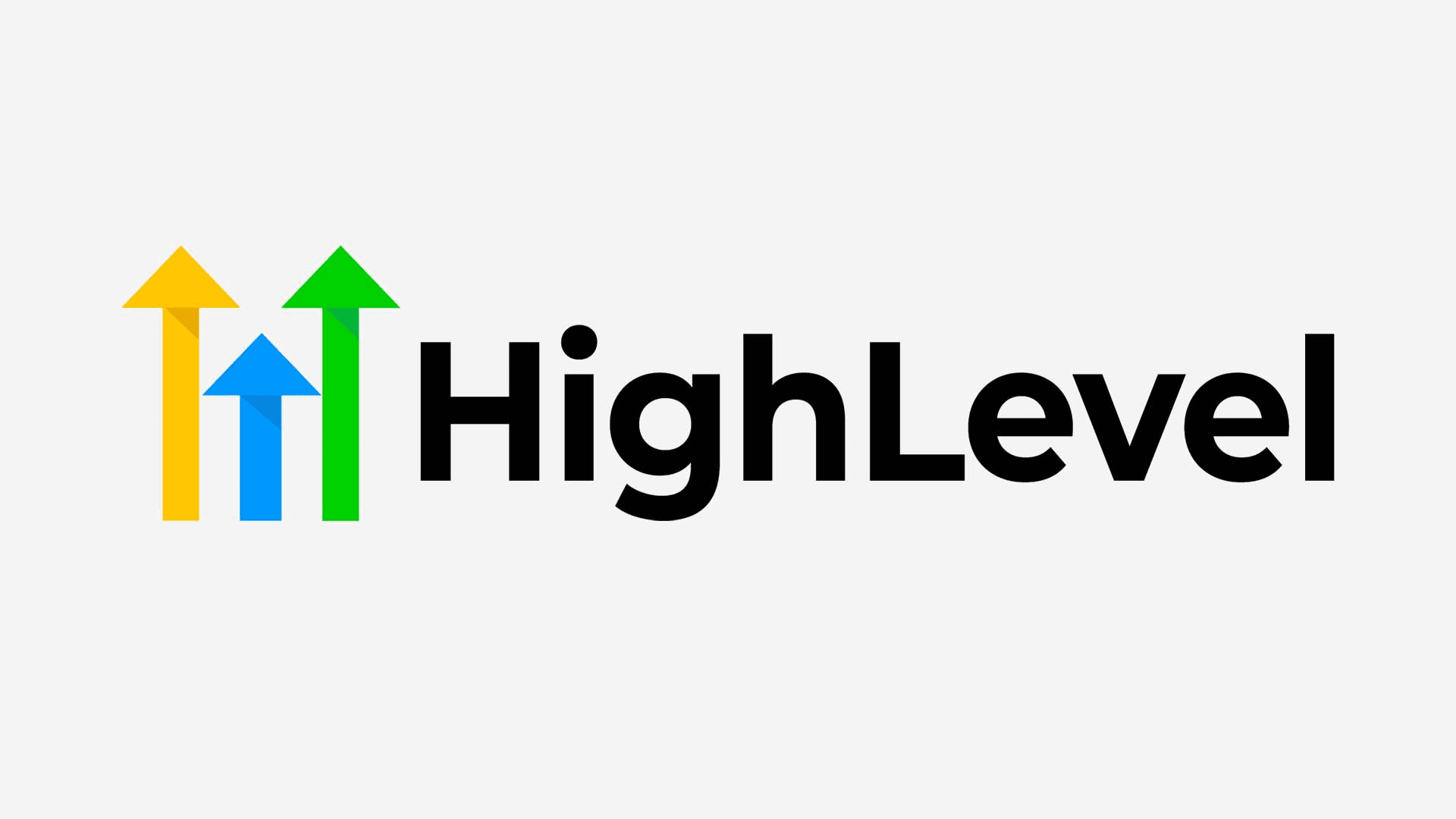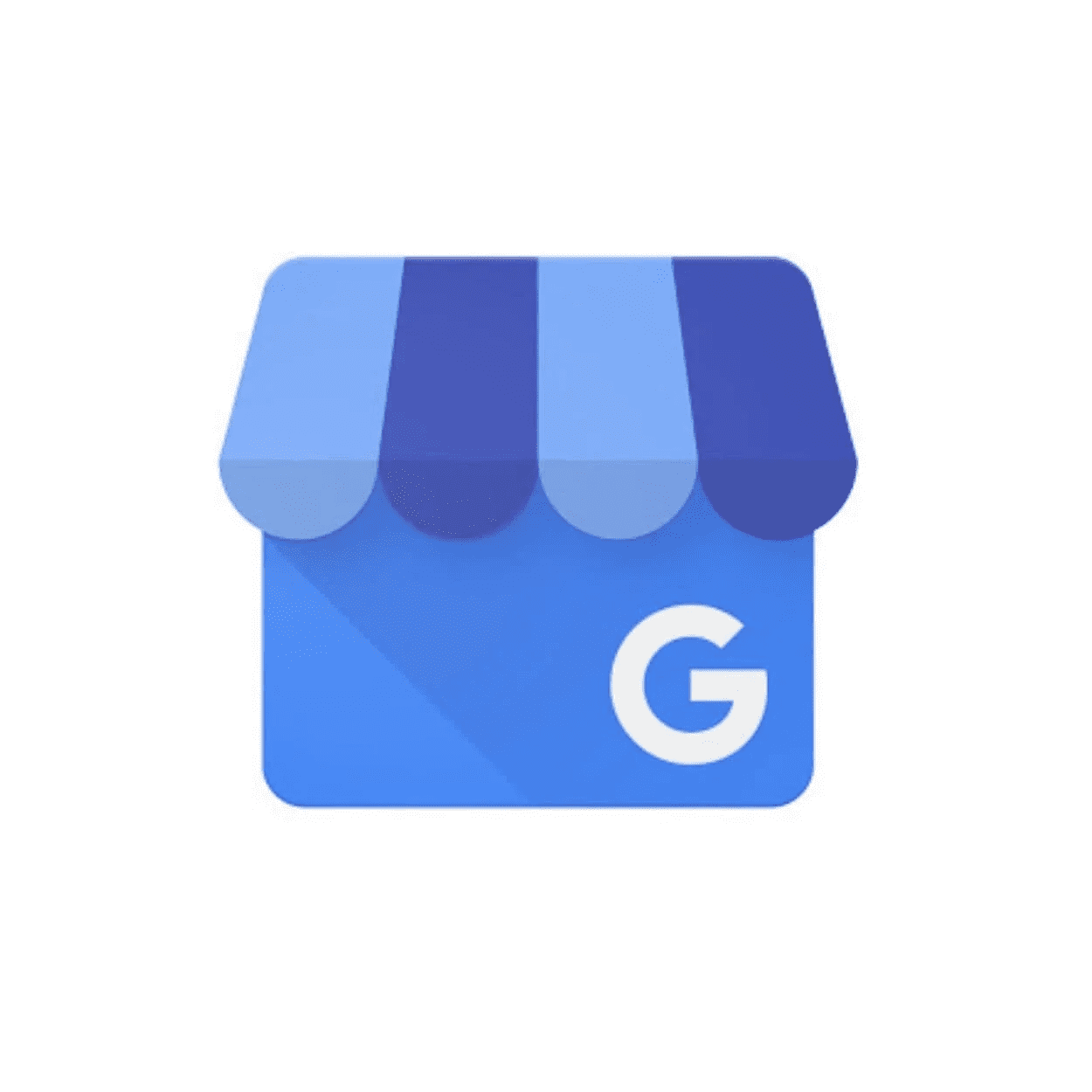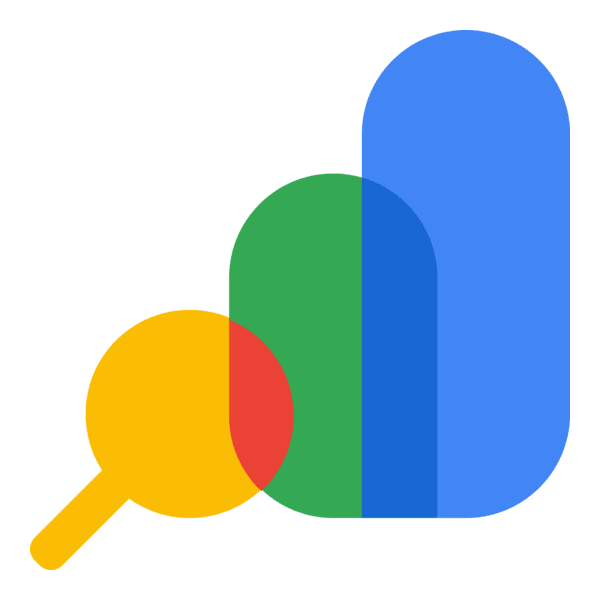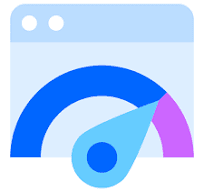It’s a simple truth: your main competitors are not trying to out-sell you; they are simply trying to out-spend you where it counts.
Every industry, whether it’s high-end niche business consulting or a straightforward local e-commerce website, is facing this uncomfortable reality: you are spending more for every new customer. For the past year, one clear trend has defined how winning companies operate: they are significantly raising their budgets for Google Ads.
This isn’t a gamble; it’s a calculated action based on hard data that gets you straight to profit. As organic reach continues to decline and competition drives the prices up, businesses come to the conclusion that the only reliable option for immediate and qualified sales is targeted search ads.
The days of treating paid search as a small experiment are over. For 2025, a higher PPC budget is simply the required investment to secure high-intent sales and stay competitive. If your business isn’t ready to invest in the search results that matter, you’re not just stalling—you’re receding.
The New Reality: The Cost of Missing the First Page
The competitive landscape has matured dramatically. Five years ago, you could run basic digital ads Dubai-wide and pick up cheap clicks all day long.
But ask yourself this: Can your business afford to be on page two today?
The market is fast-paced. More money than ever is flowing from traditional advertising and weak digital channels straight into Google Search. This means the auction for those high-value keywords—the terms customers use right when they are ready to buy—is intense and growing more expensive every quarter.
This intense demand is the direct cause of rising Cost Per Click (CPC). Companies aren’t just spending more because they feel generous; they spend more because it’s a strategic necessity. They know that if their ad disappears from the top three search results, they are simply handing their best, highest-intent customers directly to a competitor.
The Zero-Sum Game: If a user searches for “best apartment maintenance” and your competitor shows up first, you don’t just miss a sale—you miss the chance to capture that customer for good. Ignoring this competitive reality is choosing to lose market share.
The takeaway? You must bid enough to participate in the high-value auctions. If the lifetime value of a customer is high, the cost of acquiring them through a premium search position is almost always justified.
Why Intent Trumps Awareness: The Budget Migration
Businesses are making a rational, smart decision based on customer intent, which is the most valuable currency in online advertising. They are taking money away from channels that offer only broad awareness and low buyer intent (like passive display networks) and putting it directly into Google Ads.
Why is this reliability worth the higher price? This is about certainty, not cost.
- Declared Need is Sales: A user on Google Search is actively declaring their need right now. They aren’t idly scrolling past photos while distracted; they are typing, “buy property in Business Bay,” or “urgent business loan application.” This is high-intent traffic because the user is mid-purchase decision.
- Immediate Conversion: While other forms of paid ads in UAE offer visibility that might pay off in six months, Google delivers sales leads ready to convert in minutes. This immediate feedback loop is critical for businesses operating on tight cash cycles.
- Predictable ROI: With Google Ads, you know exactly what a customer costs and what they purchased. Having a clear and calculable return on investment (ROI) is priceless for forecasting your growth and securing investment. Have you calculated the calculated cost per acquisition (CPA) for your highest value products? If not, you can’t truly evaluate the power of high-intent search. The data consistently shows that for every extra dirham spent on a highly optimized search campaign, the return is immediate and measurable, often outperforming all other digital channels for bottom-of-funnel conversions.
The clear takeaway for leaders: Stop funding visibility that gives you low-intent “likes” and “views.” Invest where the customer is actively looking to buy, and do it with enough budget to win that customer immediately.
Mastering the Local Market: Mobile Habits and High Diversity
The unique user habits of the local market and wider GCC make a strong search strategy absolutely non-negotiable. These local behaviors are what’s truly fueling significant Google Ads growth GCC-wide.
The Mobile-First Imperative
The region is overwhelmingly mobile-first. People search while driving, shopping, and commuting. This creates two mandatory focus areas for your ad budget:
- Local Search is Mandatory: People use geo-specific terms like “store near me” or “furniture delivery JLT.” Businesses must dominate these localized terms to capture instant, physical traffic. If your advertisement is not localized, you are losing the sale that is right in front of you. This means local extensions, optimized Google Business Profiles, and hyper-local bids.
- Speed is Conversion: A mobile search converts from search to call, click to map, or purchase. Does your landing page load in less than 3 seconds? If not, that increased ad budget is wasted because the customer bounces before your offer even appears. In a mobile environment, a perfect ad and a slow website equal zero return. To dig deeper into how to structure your landing pages for maximum conversions, see What Makes a High-Converting Google Ads Landing Page in 2025.
Precision in a Diverse Market
The local community is extremely diverse, with a dozen languages and nationalities. Generic and standard advertising will not work.
Google Ads gives a degree of specificity that is important here. You can market to users based on their physical location, language, and select demographic information. Businesses are moving away from general advertising and utilizing ad content that is tied to the users specific location and cultural context. This tight, hyper-localized approach—where one keyword triggers multiple tailored ads—is what makes the increased investment highly effective and necessary.
Beyond the Sale: The Strategic Value of Budget Investment
It’s easy to look at a rising CPC and feel frustrated. But thinking of your Google Ads budget purely as a cost is a mistake. It is, in fact, an investment in a powerful, long-term business asset: data and competitive position.
If you’re looking to build a deeper understanding of how to optimize Google Ads campaigns for long-term profitability, explore our Complete 2025 Google Ads Guide for Businesses in Dubai & UAE. It breaks down the latest CPC trends, targeting strategies, and budget frameworks tailored for local markets.
ROI vs. Data Ownership
While social media is necessary for high-funnel brand awareness, it requires expensive, unpredictable creative content. Google Ads is different. It’s a direct response engine where the inherent risk of high bids is managed through continuous optimization.
- Continuous Improvement: Every dirham spent feeds the campaign’s data intelligence, making the next dirham smarter. You learn precisely which keywords waste money and, crucially, which specific ad copy and landing pages convert at the highest rate. This learning process requires spending to generate data.
- The Competitive Moat: The biggest long-term advantage is that you own that data. The knowledge of search intent, peak purchasing times, high-converting audience segments, and effective messaging is a proprietary business asset that continually improves your ad performance over years. This data is your competitive moat.
The question for leaders is this: Are you willing to pay the price today to own the most valuable customer acquisition data tomorrow? If your competitor is willing to outspend you to acquire better data now, they will have a structurally cheaper and more effective ad system than you one year from now.
Case in Point: The Cost of Winning the High-Value Customer
In every competitive, high-value industry, the largest, most consistent budgets are tied directly to the highest conversion rates. These companies understand the simple equation: the value of the customer dictates the maximum acceptable cost of acquisition (CPA).
- Real Estate: The agents who are closing deals aren’t the ones relying on organic posts; they are the ones bidding aggressively on high-intent terms like “luxury apartment for sale.” They understand that paying a higher CPC is a tiny, justifiable price for securing a multi-million-dirham transaction.
- Legal & Finance: For a firm specializing in corporate law, appearing first for “business litigation” means capturing a high-value retainer client immediately. Being on the second page means you missed the moment. The decision-makers search quickly and click the top authority.
- E-Commerce: Why spend on generalized brand ads when you can be visible at the exact moment a customer searches for a specific product you stock? Intent-based search is the most direct line to the cash register. Successful e-commerce companies budget aggressively for their product-specific, high-intent keywords because those are the sales they are guaranteed to get.
The conclusion is simple: If the search result leads to a high-value transaction, your investment must be high enough to dominate that result. Ignoring search visibility for cost reasons is simply leaving money on the table for competitors willing to pay the price of entry.
Ready to Redefine Your PPC Dubai Strategy?
Disregarding the need for a targeted budget for Google Ads in 2025 is the acceptance of stagnation. This competitive market requires greater expenditures, market insight, and daily optimization, to control CPCs and stay ahead in the market.
To ensure every dirham you spend delivers maximum returns on high-intent search traffic, you need a strategy that understands both the technology and the local market behavior.
Don’t guess; invest intelligently.
Learn how Digital Aura can upgrade your PPC Dubai strategy and turn rising competition into market dominance.

